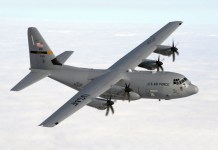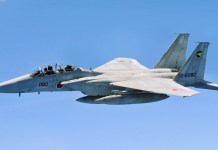A concept by Chinese-born NASA engineer Ming Han Tang, which was rejected by the US government two decades back, has found takers in his country of origin. The declassified design has now been adopted by Chinese scientists to step up Beijing’s hypersonic weapons program.
A team of scientists in China has developed and tested a prototype hypersonic flight engine based on the design prepared by Ming around 20 years ago.
Ming, who was the chief engineer of NASA’s Hypersonic Program in the 1990s, had proposed the Two-Stage Vehicle (TSV) X-plane, in which the aircraft is powered by two separate engines on its sides. This concept is different from most hypersonic aircraft in which the engine is placed in the aircraft’s “belly”.
The engines of this aircraft can work as regular turbine engines at lower speeds and can switch to high-speed mode as the aircraft attains hypersonic speeds — more than five times the speed of sound (Mach 5 and above).
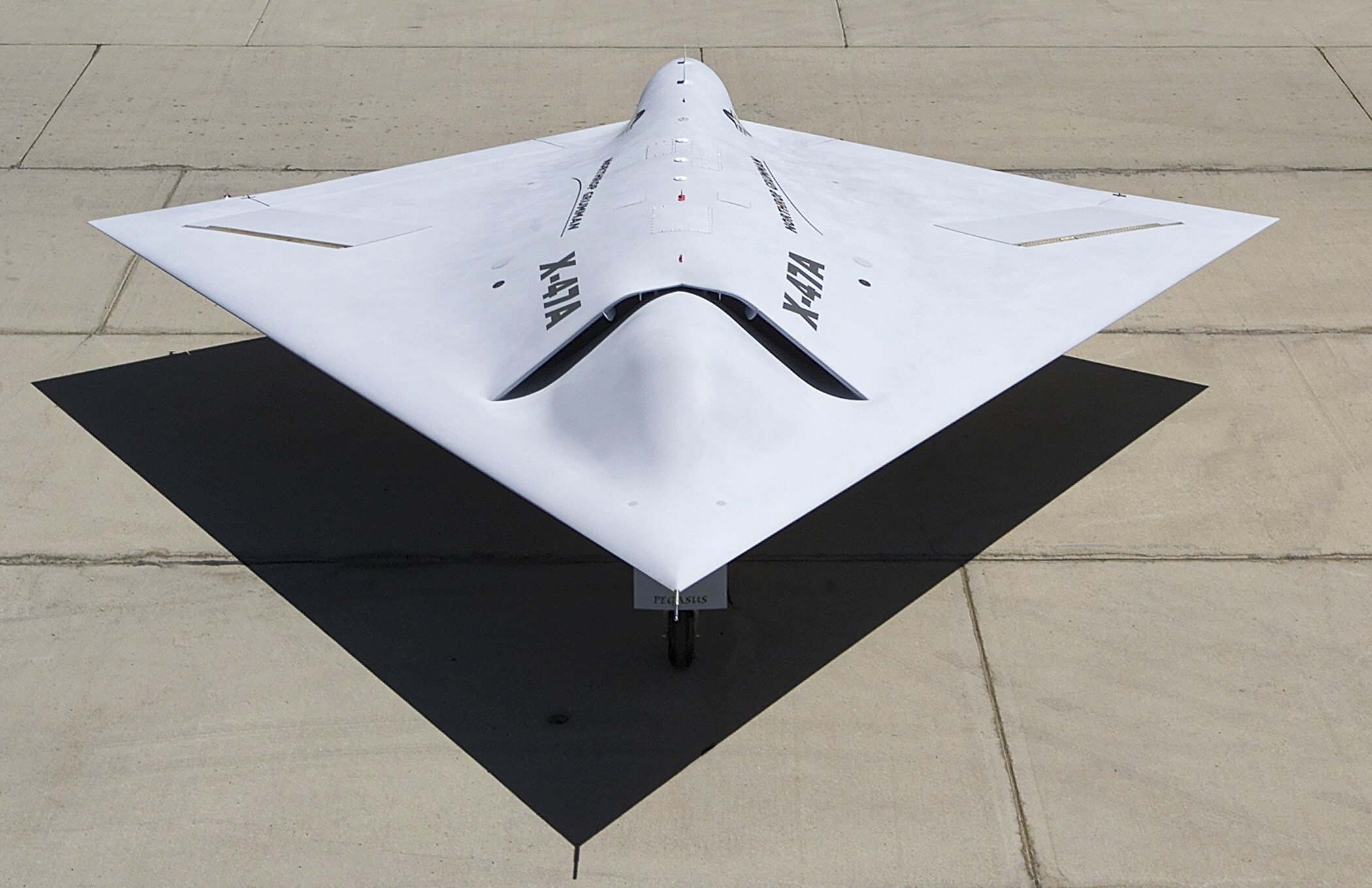
The TSV X-plane design was supposed to be verified through the Boeing Manta X-47C program. However, before the program could verify the efficiency of the design, the US government decided to terminate it in the early 2000s due to its high costs as well as a number of technical issues surrounding the program.
America’s Loss, China’s Gain?
Now, many years later, Professor Tan Huijun and his colleagues at the Nanjing University of Aeronautics and Astronautics in the eastern province of Jiangsu, have developed and tested a prototype machine with two side-opening inlets, similar to Ming’s blueprint, which was declassified in 2011.
Prof. Tan, who also received a top government award for his contribution to China’s hypersonic weapons program, had tested this prototype in a wind tunnel, which could simulate flight conditions from Mach 4 to Mach 8 for several seconds. The test showed that the engines were able to ignite even under the “most challenging flight conditions”, further proving Ming’s point, according to Interesting Engineering.
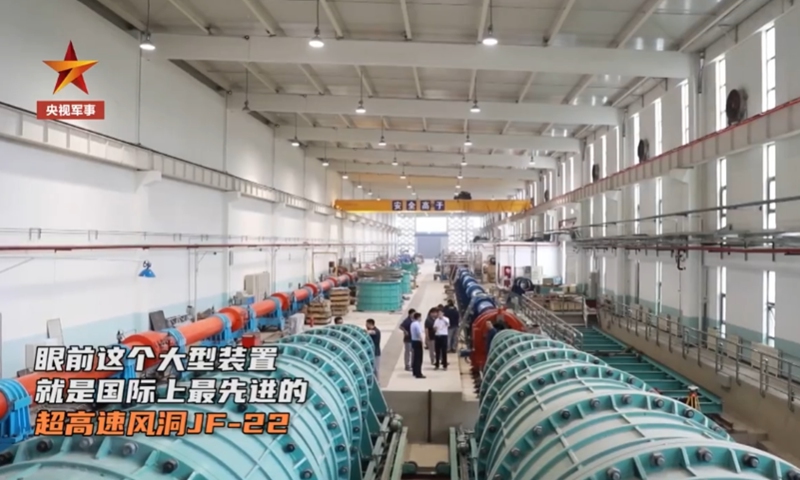
Ming’s idea attracted a lot of attention in China because “understanding its work mechanism can provide important guidance to hypersonic plane and engine development”, Prof. Tan and colleagues said in a paper published in the Chinese peer-reviewed, Journal of Propulsion Technology on December 5.
Who Is Ming Han Tang?
Son of a Nationalist Army general, Ming Han Tang was born in Chongqing, China’s wartime capital, on July 10, 1939. As soon as the Chinese civil war ended, Ming’s family relocated to Taiwan and Brazil before finally settling down in the United States in the 1950s.
Ming’s career with NASA started as an aerospace engineer at Dryden Flight Research Centre in California in the 1960s. From there, he went to occupy leading positions at Lockheed Martin’s top-secret programs such as the U-2 and the SR-71 Blackbird spy planes.
Since the late 1980s, Ming had been heading NASA’s hypersonic flight research programs. However, in 1999, he decided to quit the US space agency over the government’s purported mistrust of Chinese-origin scientists. Ming died on October 28, 2018.
Wen Hoo Lee, a nuclear physicist with the Los Alamos National Laboratory in New Mexico, was indicted for providing US nuclear weapon secrets to China. However, he was later cleared of the charge and received an apology and a $1.6 million settlement from the US federal government.
The case was widely reported and affected many researchers of Chinese origin, especially those working in sensitive facilities, South China Morning Post reported. Chen Shiyi, then-deputy director of the Centre for Nonlinear Studies at Los Alamos and one of the world’s top experts on turbulence, quit the same year. Chen eventually returned to China and helped establish advanced hypersonic research laboratories, the SCMP report added.
The exit of Chinese-origin scientists from the US happened around the same time as China began with its hypersonic weapons program in the early 2000s, according to some Chinese space specialists.
The design given by Ming was not perfect, according to Tan Huijin and his colleagues. Computer simulation and experimental results suggested that there was a possibility of strong turbulence occurring around the corners of the air inlets which could affect the flight’s stability.
“There was also a limit to how steeply a plane could climb without choking the engines. Though the dual-engine layout was feasible with some advantages, as the ground experiment suggested, many challenging issues still had to be resolved,” Tan’s team said.
China’s Hypersonic Program
China’s hypersonic aircraft are usually powered by a rocket engine in the initial stages of the flight. Once the aircraft attains a high altitude at high speed, the rocket engine shuts down and the air-breathing engine takes over.
But, Yin Zeyong, director of science and technology at the Aero Engine Corporation of China in Beijing, said that China was also working towards developing turbojet engines, which can reach speeds as high as Mach 3-4 to either complement or entirely replace the rocket engines in hypersonic planes.
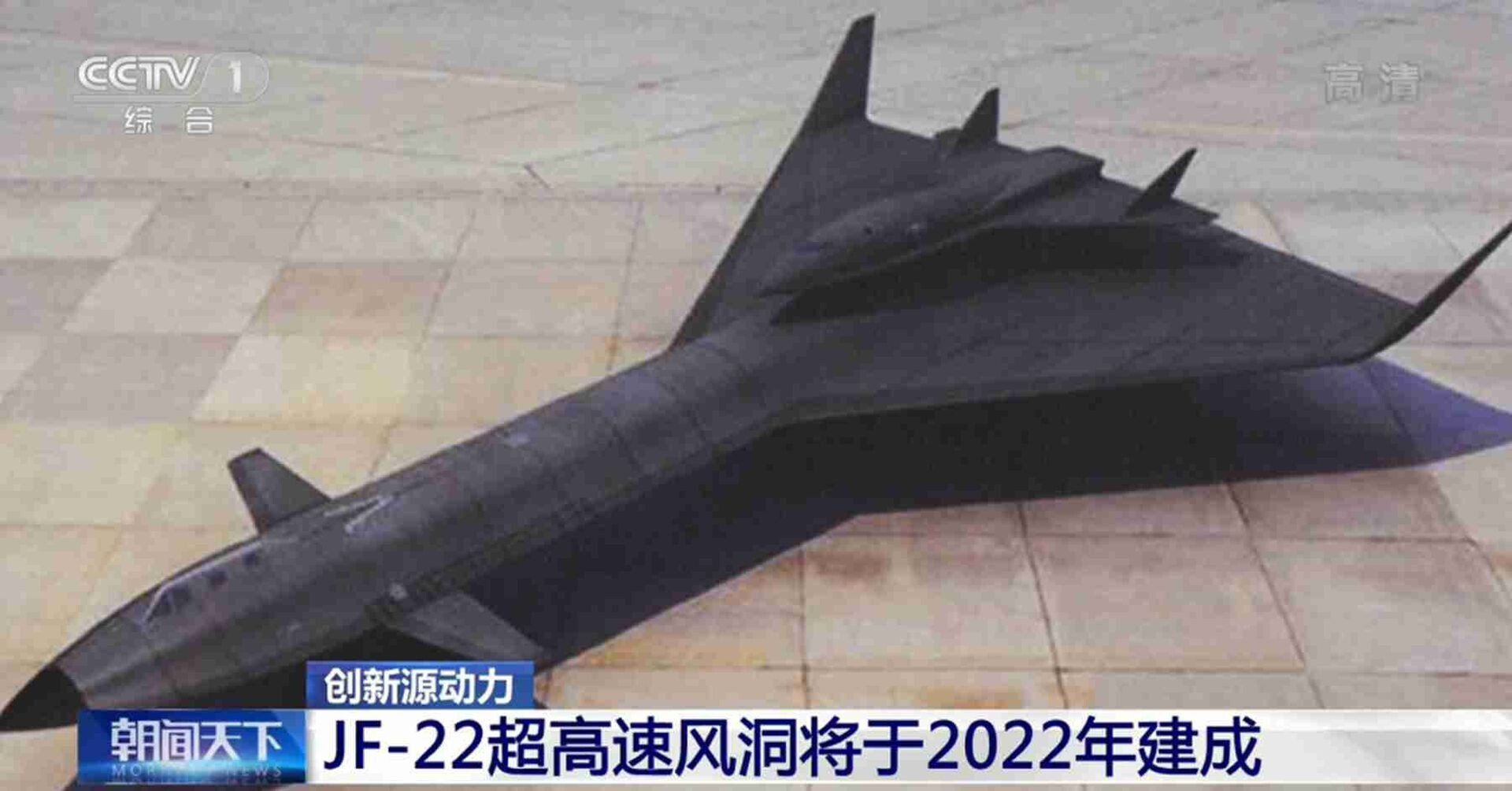
“Although there were many challenges – such as reaching a high temperature and being complex in structure – hypersonic engines built around turbojet technology, known as turbine-based combined cycle, can be a more feasible and optimal choice”, Yin said in a paper published in the Chinese peer-reviewed journal Aeroengine in August.
The EurAsian Times earlier reported how Chinese military researchers have been working on a technology that could pave the way for the safe landing of hypersonic drones or aircraft.
The US has also awarded an Atlantic-based start-up, Hermeus a contract worth $50 million to develop a prototype hypersonic aircraft. Called ‘Hermeus Quarterhorse’, it would use a similar technology. The Quarterhorse is expected to reach speeds as high as Mach 5 with one engine and the prototype may be ready in three years.
- Written by Kashish Tandon/EurAsian Times Desk
- Contact the author at: kashishtandon21@gmail.com
- Follow EurAsian Times on Google News

